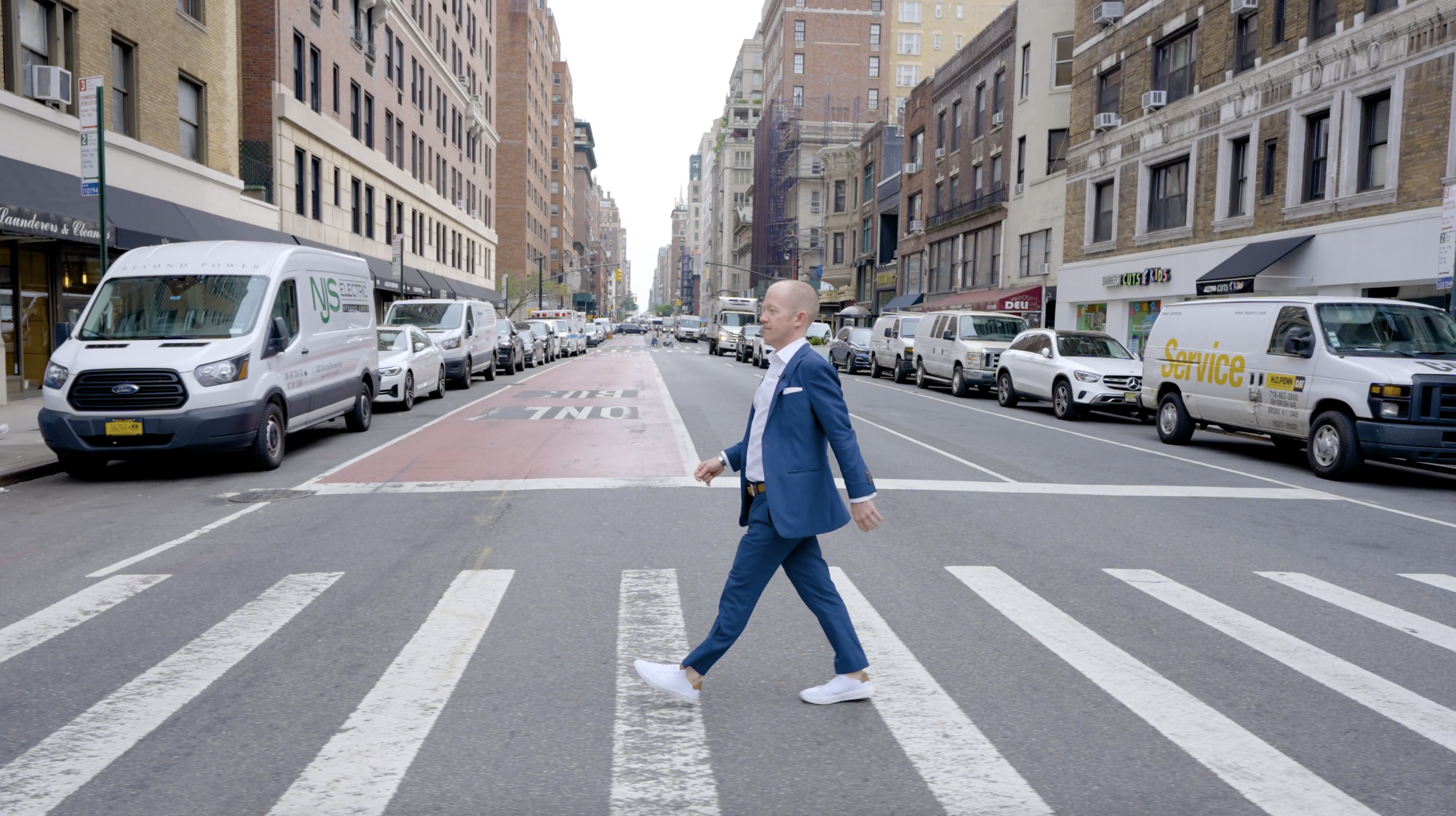
How many times have you walked by an old building on the streets of NYC and thought, "Who used to live there?" or, "How much would someone have paid for that 100 years ago?" You may know that I'm not only passionate about real estate, but also about the history and architecture of New York City. Come take a walk through time with me as we explore some of NYC’s most iconic landmarks in my series, Then & Now.

The Singer Building
Completed in 1908, the Singer Building was a groundbreaking skyscraper that once towered over Lower Manhattan as the tallest building in the world. Designed by architect Ernest Flagg as the headquarters for the Singer Sewing Machine Company, the 47-story structure soared to 612 feet with a strikingly slender tower that rose from a massive base, blending Beaux-Arts elegance with early skyscraper engineering. It symbolized American industrial ambition and the rise of corporate power in the early 20th century. Despite its architectural significance, the Singer Building was demolished in 1968 to make way for One Liberty Plaza, making it the tallest building ever willingly demolished at the time. Today, it stands as a symbol of both New York’s vertical aspirations and the city’s sometimes cavalier attitude toward architectural preservation.

The Roxy
Originally opened as a roller skating rink in 1978 in a former warehouse on West 18th Street, The Roxy quickly evolved into one of New York City's most iconic nightlife venues. By the early 1980s, it had transformed into a legendary dance club that helped launch the city’s hip-hop and breakdancing scenes, regularly hosting early performances by pioneers like Run-DMC and Grandmaster Flash. As the years went on, The Roxy became a haven for the LGBTQ+ community, known for its epic Saturday night parties and star-studded dance floors. It was also a hotspot during the height of NYC’s club culture, drawing international DJs and crowds from all walks of life. The club closed in 2007, but its cultural legacy as a bridge between hip-hop, disco, house, and queer nightlife remains etched into the city’s musical and social history.
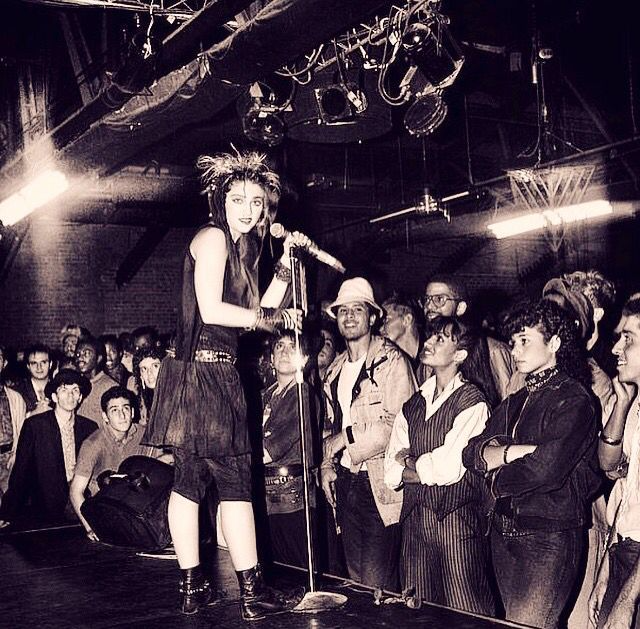
Danceteria
Danceteria was one of New York City’s most legendary nightclubs, operating primarily during the 1980s and credited with shaping the downtown arts and music scene. Located at 30 West 21st Street in a multi-level former factory, it became a magnet for emerging artists, musicians, and misfits, offering an eclectic mix of punk, new wave, and dance music across different floors. It was famously where Madonna got her start, performing live before she became a global icon. Danceteria blurred the lines between nightclub, performance space, and cultural salon, hosting everything from experimental video art to underground fashion shows. Its gritty, anything-goes vibe captured the spirit of a raw and creative New York before the city’s transformation in the 1990s.
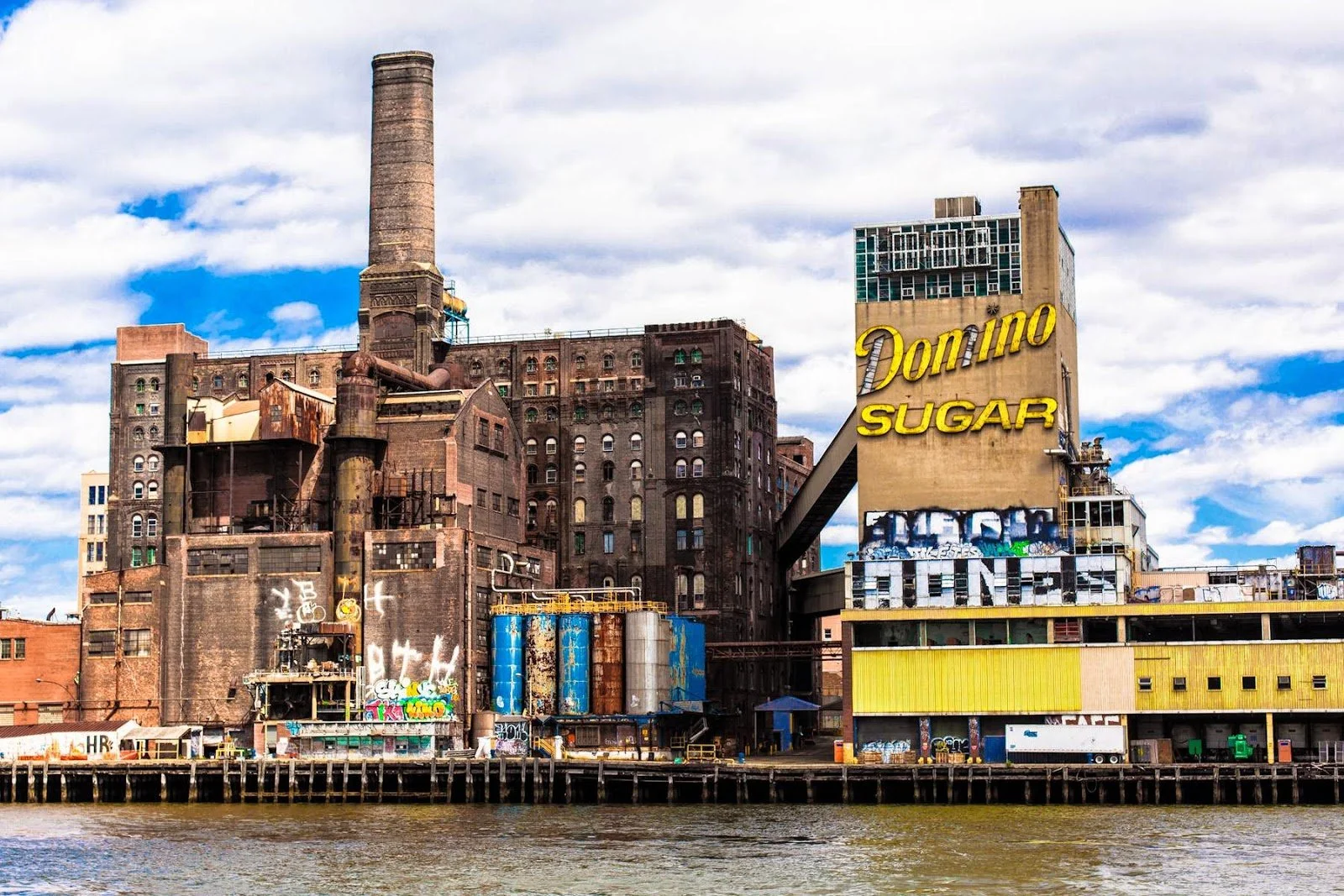
The Domino Sugar Factory
The Domino Sugar Factory, once one of the largest sugar refineries in the world, was a defining feature of the Williamsburg waterfront for over a century. Opened in 1882, the refinery helped make Brooklyn a powerhouse of industrial production, processing more than half of the sugar consumed in the United States at its peak. Operated by the American Sugar Refining Company, later branded Domino, the factory employed generations of local residents, many of them immigrants. After closing in 2004, the massive brick complex sat idle for years until it became the centerpiece of a major redevelopment project. Today, its iconic refinery building has been restored and repurposed as a centerpiece of the Domino Park development, blending industrial heritage with modern design along the East River.

Saint John’s Park
Once one of the most exclusive enclaves in 19th-century New York, St. John’s Park was originally a private green space owned by Trinity Church and later developed into a refined residential square surrounded by elegant townhouses. Located in what is now Tribeca, the park was a symbol of early Manhattan luxury, frequented by New York’s upper class before the city’s elite migrated uptown. In the mid-1800s, the property was sold to Cornelius Vanderbilt, who demolished the park to build a massive freight rail terminal for the Hudson River Railroad, marking a dramatic shift from residential prestige to industrial utility. Though the park itself is long gone, its legacy lives on in the layout of the neighborhood.

The William A. Clark Mansion
The William A. Clark mansion, also known as "Clark's Folly," was an opulent, over-the-top, Gilded Age residence built in 1907 on Fifth Avenue and 77th Street. Commissioned by copper magnate and U.S. Senator (he bribed members of the Montana State Legislature in return for their votes) William Andrews Clark, the mansion epitomized extravagance, costing an estimated $7 million at the time (over $200 million today).

Madison Square Garden III
The third iteration of Madison Square Garden opened on December 15, 1925, at Eighth Avenue between 49th and 50th Streets. Designed by theater architect Thomas W. Lamb, it was commissioned by boxing promoter Tex Rickard, who envisioned a premier venue for boxing and entertainment. Sometimes called "The House That Tex Built," this version of the Garden became a mecca for major sporting events, political conventions, and concerts. With seating for up to 18,000 spectators, it hosted everything from Joe Louis’s legendary bouts to the early days of the New York Rangers hockey team, which was founded there in 1926. The venue was also home to the New York Knicks starting in 1946.
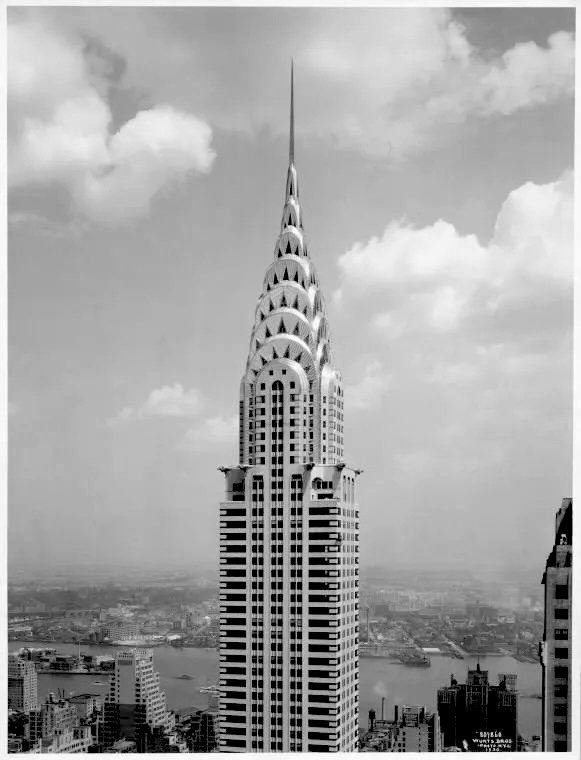
The Chrysler Building
The Chrysler Building, an Art Deco masterpiece and one of New York City's most iconic landmarks, was completed in 1930 as a symbol of modernity and ambition during the Roaring Twenties. Designed by architect William Van Alen for Walter P. Chrysler, the building was constructed during a fierce competition to claim the title of the world's tallest structure. Its distinctive spire, secretly assembled and dramatically hoisted into place, brought the Chrysler Building to a height of 1,046 feet, briefly making it the tallest building in the world until it was surpassed by the Empire State Building.
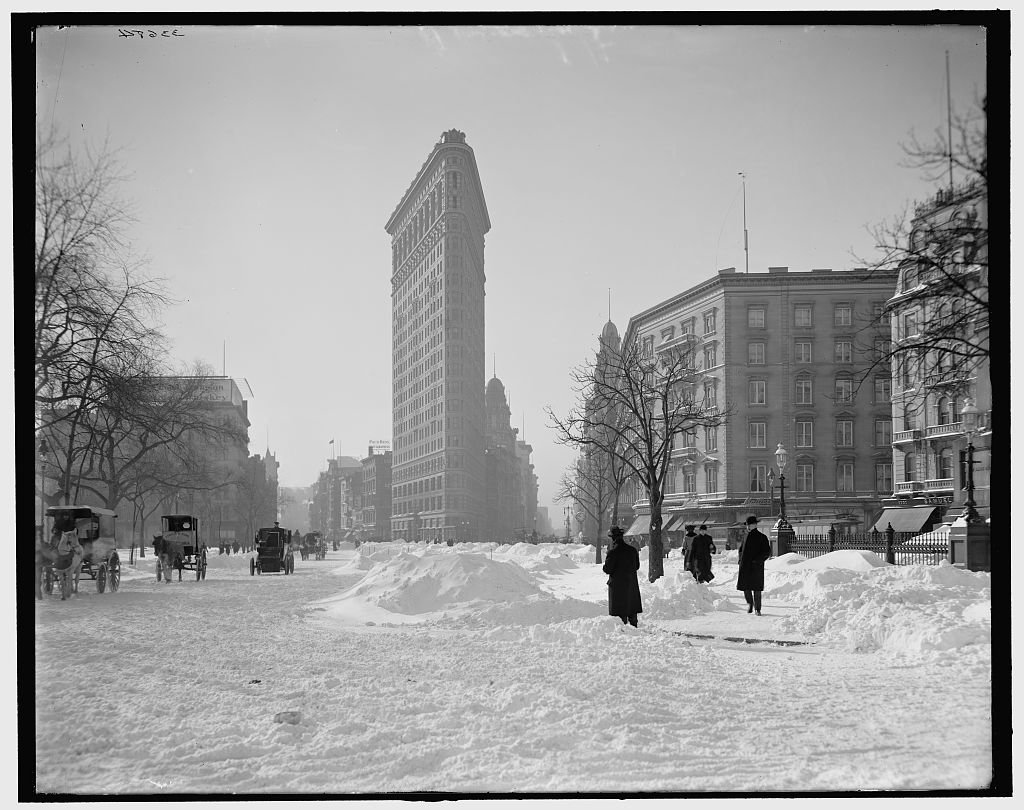
The Flatiron Building
My absolute favorite building in New York City is the Flatiron Building, renowned for its striking triangular shape and elegant Beaux-Arts architecture. Did you know it was constructed by the George A. Fuller Company? George A. Fuller himself is often credited as the ‘inventor’ of the modern skyscraper and the pioneer of general contracting as we know it today.
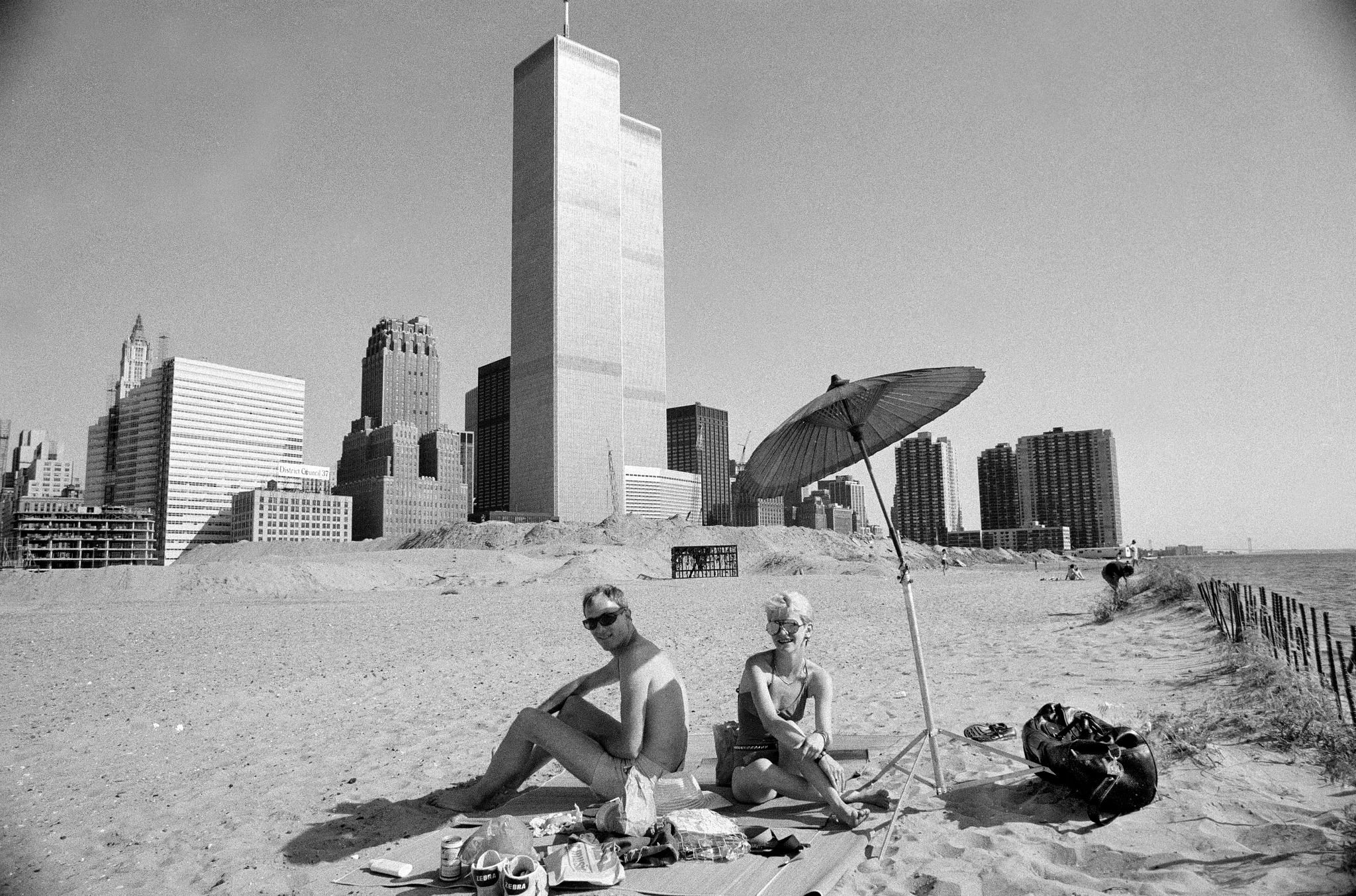
Battery Park City
Did you know that the entire 92 acre neighborhood is landfill from the creation of the World Trade Center!
In the 1880s the area that borders Battery Park City (which would have been riverfront) was known as Little Syria or the ‘Syrian Quarter’. It was New York City’s first community of arabic-speaking immigrants. In the late 1930s as the plans for the Brooklyn-Battery Tunnel were underway, completely disrupting the neighborhood, many of Little Syria’s residents moved out to places in Brooklyn.

New York versus Boston
One of the great rivalries in sports… Yankees versus the Red Sox. Most people don’t know just how deep the rivalry goes, so read on if you want some fun trivia to arm yourself with.
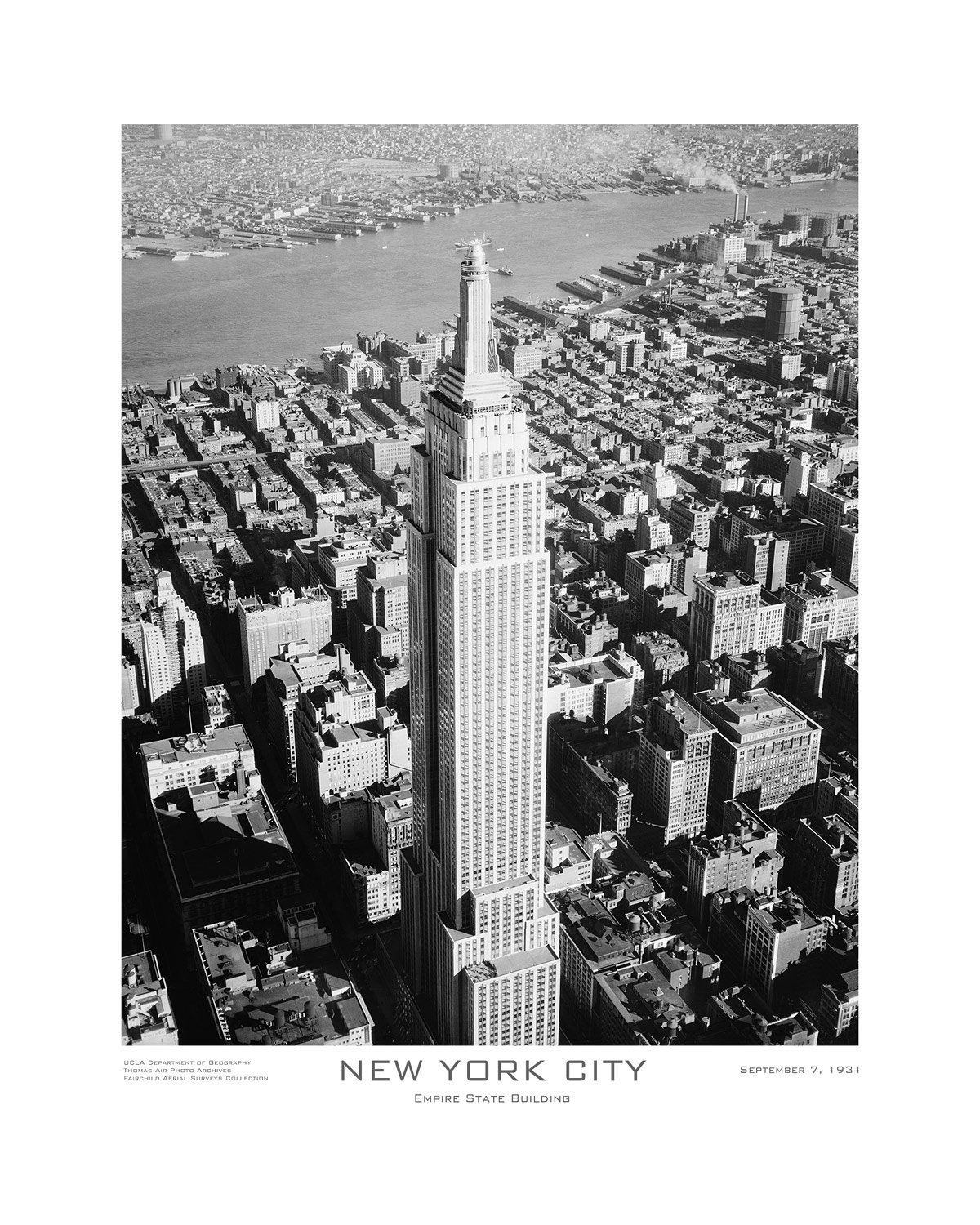
The Empire State Building
One of my favorite buildings, The Empire State Building, is synonymous with New York City. It held the record for tallest building in the world twice and managed to survive getting beat up quite a few times.
Construction began on March 17, 1929 and was completed 410 days later. This all happened during the Great Depression and helped employ 3,500 people. It was the first building to break 100 stories and has a roof height of 1,250 feet (380 m).

The Youle Shot Tower
George Youle’s shot tower was built in 1821 at the foot of the East River between 53rd and 54th Street and stood 175 feet tall. Keep in mind, this was probably the tallest structure for miles around, so it got a lot of attention. It was designed by renowned New York architect John McComb, Jr, who is noted for designing New York City Hall, Gracie Mansion, St. Mark’s Church In-the-Bowery, Hamilton Grange and the Montauk Point Lighthouse.

The Heckscher Playground
August Heckscher was born in Hamburg Germany and immigrated to the United States in 1867 at age 19. He teamed up with his cousin Richard and started a coal mining operation that they eventually sold to the Reading Railroad. His next venture would be zinc mining, where he would create his fortune, becoming a multimillionaire. One of his major accomplishments was funding Central Park’s first playground. It was opened in 1926 and faced opposition from the wealthy who thought it would spoil the tranquility of the park. It soon became popular with middle and working class families and helped to initiate other playgrounds throughout the park.
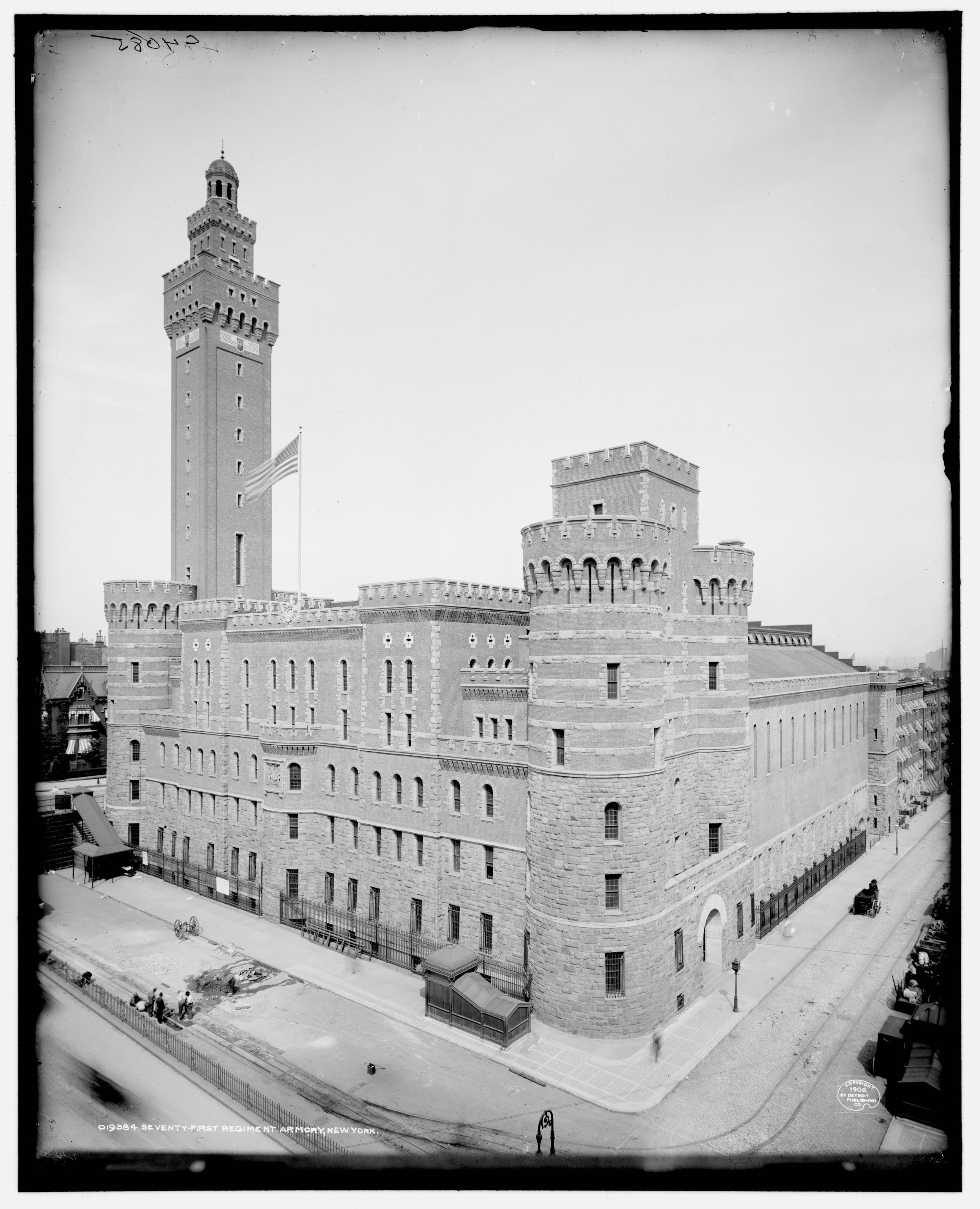
The 71st Regiment Armory
What would you say if I told you there used to be a castle on Park Avenue in the heart of lavish Murray Hill? The 71st Regiment's original armory (built in 1894) was destroyed in a fire in February of 1902 along with the Park Avenue Hotel. Their new home opened in 1902 and cost $650,000 to construct, $20 million today. Designed by the renowned firm Clinton and Russell, who were known for iconic structures like The Broad Exchange Building, The Level Club, and The Apthorp Apartments, this castle-like edifice sprawled across the entirety of Park Avenue, spanning from 33rd to 34th Streets.
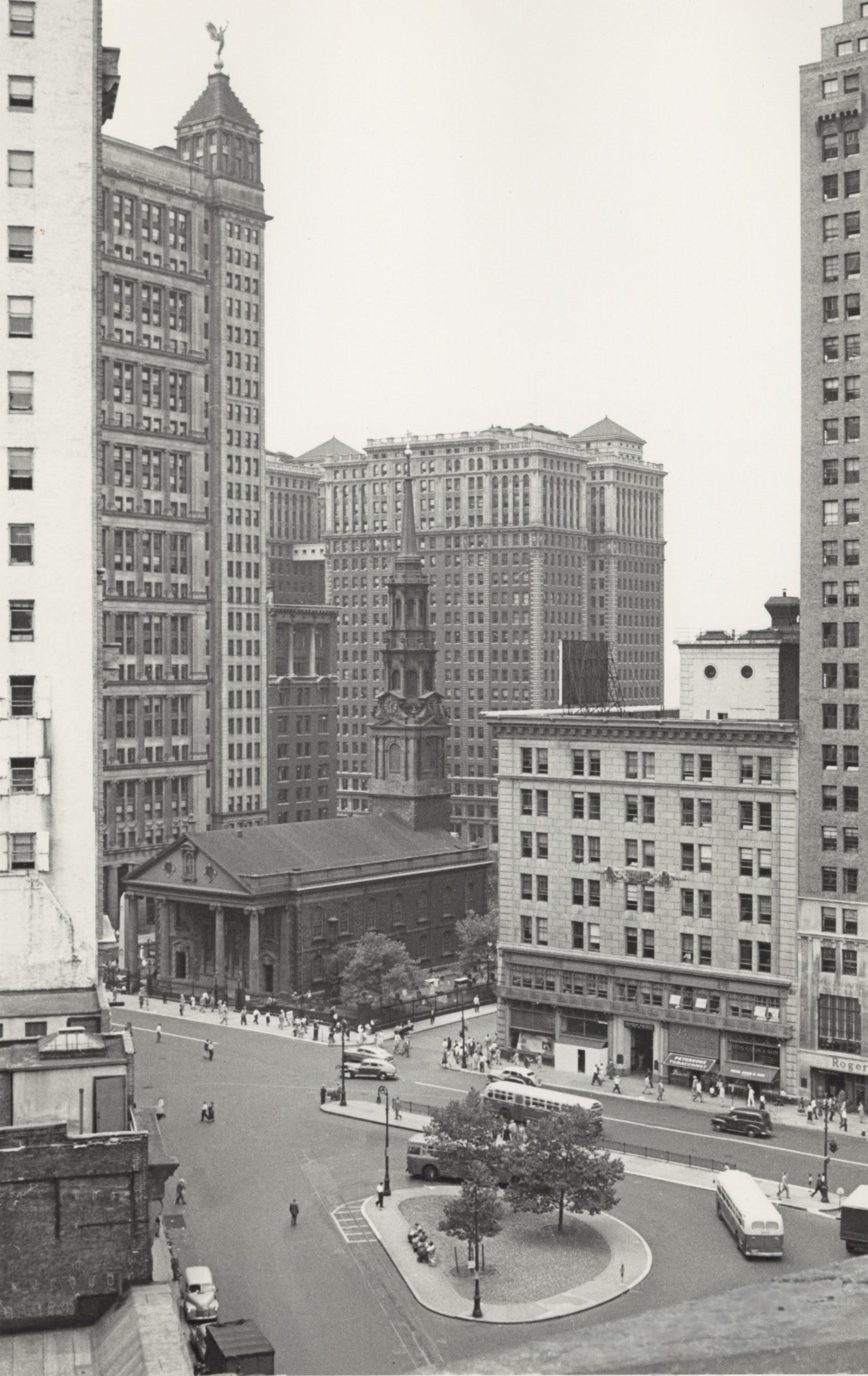
St. Paul’s Chapel
Completed in 1766, St. Paul’s Chapel is the oldest surviving church in Manhattan. It was constructed in a wheat field 5 blocks north of city lines to serve the Trinity Church congregation that was expanding.
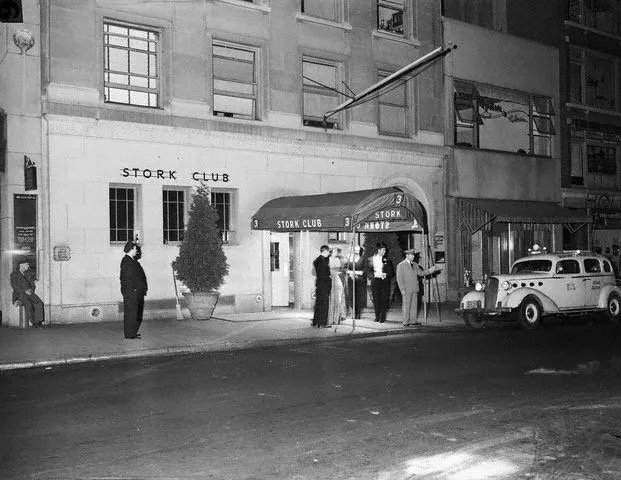
The Stork Club
Throughout New York City's history, few clubs can claim the level of fame attributed to The Stork Club.Part of what I love about New York City is that it has so many ‘ghosts’ throughout its streets. For many years I worked in an office building in midtown and often ate my lunch in a small park across the street called Paley Park. It was years before I discovered that the park used to be the site of the once famous Stork Club!
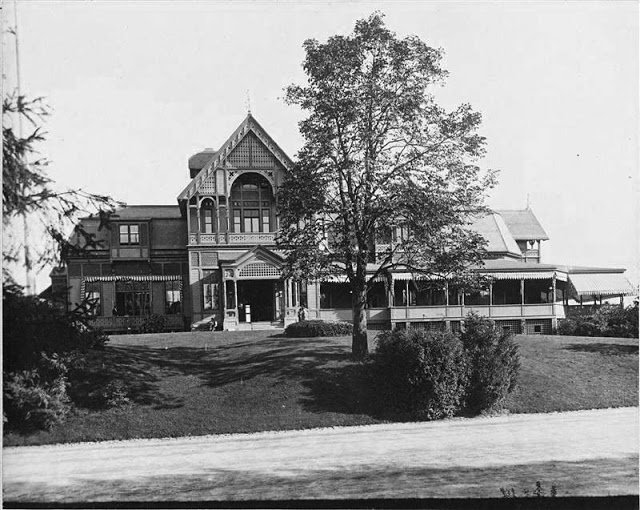
Mount St. Vincents
Did you know that there was once a convent and school in the northeast corner of Central Park just past the 102 Transverse? Wild, I know! As someone who is in Central Park very often I really love this piece of history. In the 1740’s Jacob Dyckman Jr. purchased the land in northern Manhattan west of Fifth Avenue and north of 102nd Street planting an orchard and constructing a few buildings including The Black Horse Tavern.
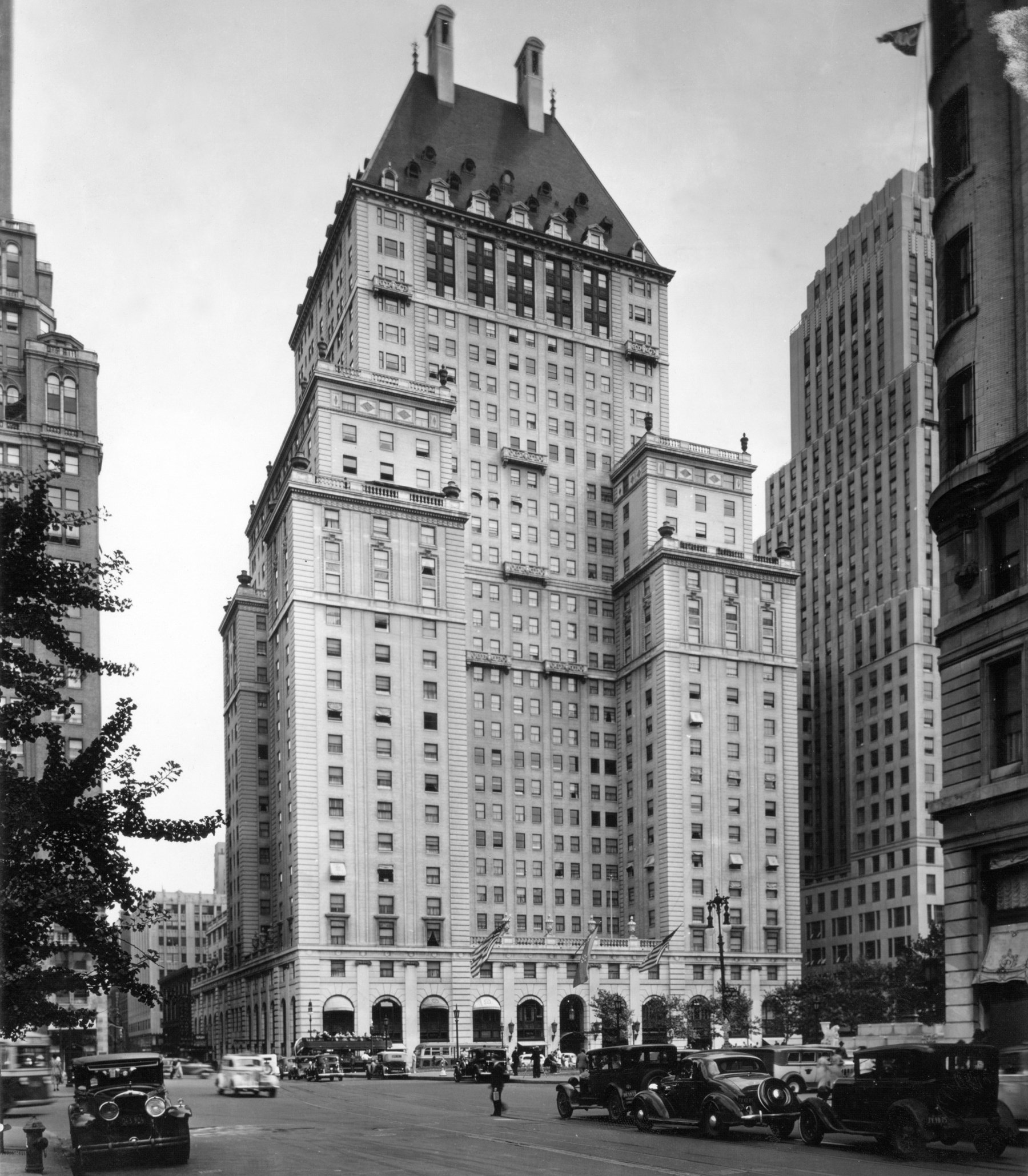
The Savoy-Plaza Hotel
The Savoy-Plaza Hotel had a short life, but it’s truly an architecture gem that I think needs to be shared. This is a great example of a building lost (by 1-2 years only) because the New York City Landmarks Preservation Commission hadn't been established yet.
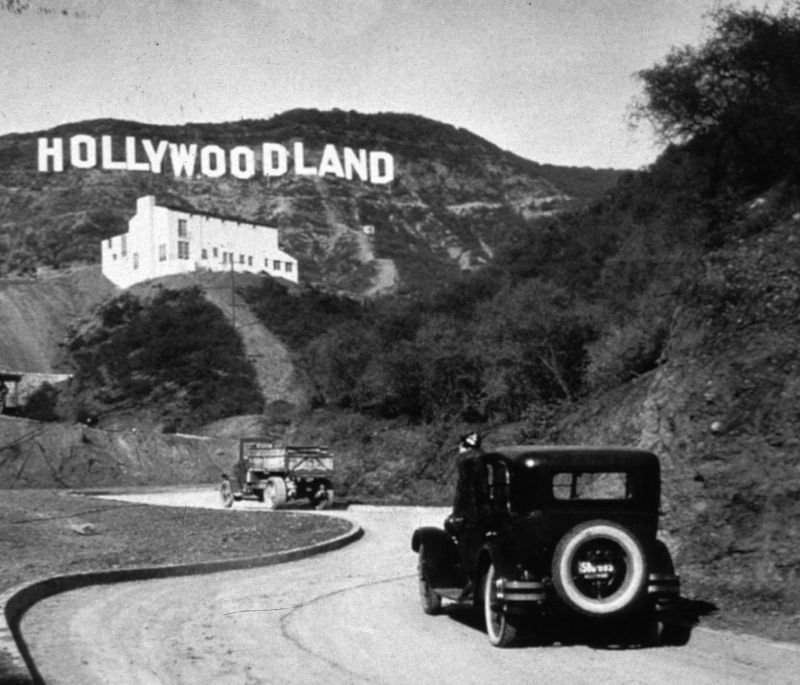
The Hollywood Sign
Do you know why Hollywood is the motion picture capital of America? In the early 1900s Thomas Edison owned most of the patents for all filmmaking equipment. Based in New Jersey just across the river from New York City, His company often sued filmmakers to stop production. Therefore, filmmakers began moving out to Los Angeles to escape the lawsuits! I never knew that.
Subscribe to ‘Then & Now’
Sign up with your email address to receive the latest article as soon as it’s published.
